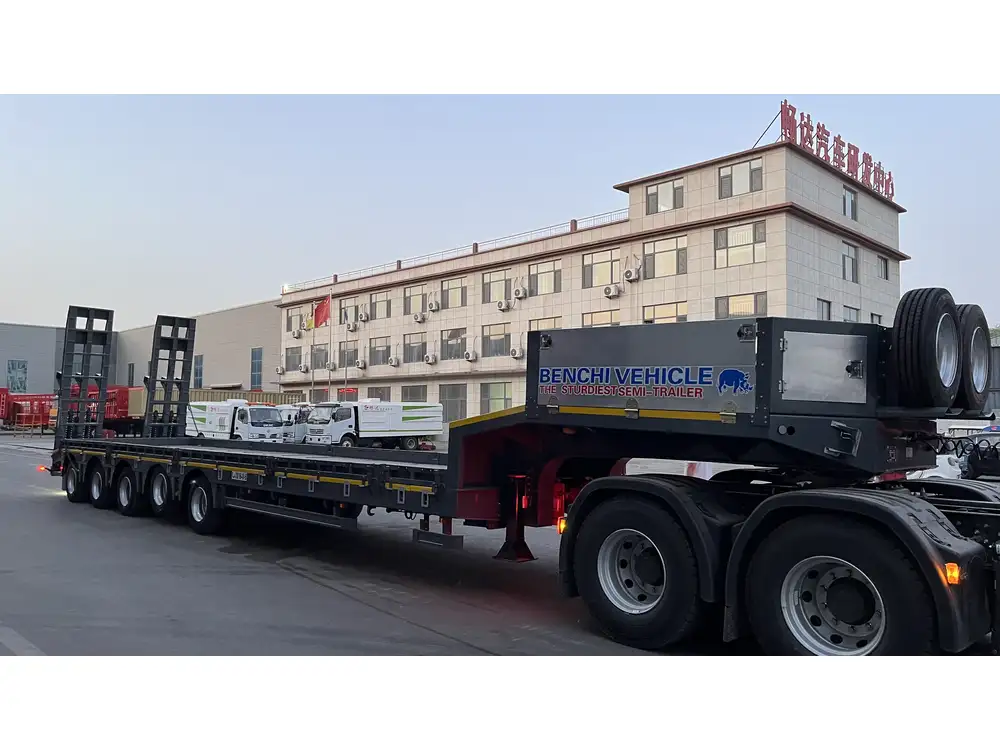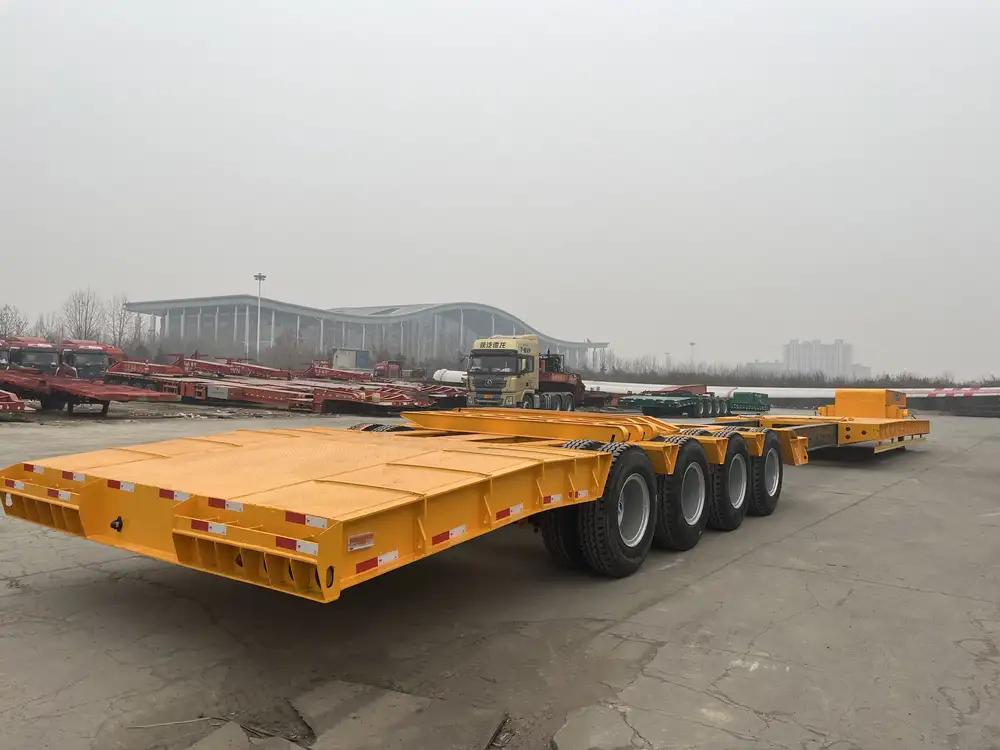When it comes to hauling materials, particularly dirt, the choice of an appropriate dump trailer is crucial. The capacity of these trailers can greatly influence your efficiency and productivity, especially when it comes to transporting loads for construction, landscaping, or agricultural purposes. This guide delves deep into the camouflaged complexities behind dump trailer capacities, presenting a well-rounded understanding of how much dirt a dump trailer can hold.
Key Factors Influencing Dump Trailer Capacity
1. Volume Measurement
The first and foremost factor to understand is the volume measurement of dump trailers, typically expressed in cubic yards or cubic feet. Here’s how to contextualize these measurements:
| Measurement | Cubic Feet | Cubic Yards |
|---|---|---|
| 1 ton of dirt | 27 ft³ | 1 yd³ |
| 5 tons of dirt | 135 ft³ | 5 yd³ |
| 10 tons of dirt | 270 ft³ | 10 yd³ |
The volume capacity of a dump trailer can usually range from 5 to 20 cubic yards, translating to approximately 5 to 10 tons of dirt, depending on the material’s density and moisture content.

2. Trailer Dimensions
The specific dimensions of a dump trailer also play a pivotal role. The length, width, and height will determine its cargo space. Typical sizes include:
| Trailer Size | Volume Capacity | Weight Capacity |
|---|---|---|
| 6×10 ft | 1.5 yd³ | ~2 tons |
| 7×14 ft | 3.5 yd³ | ~5 tons |
| 8×16 ft | 5 yd³ | ~10 tons |
This demonstrates how trailers of different sizes can accommodate different amounts of dirt, with larger trailers offering significantly more room.
3. Weight of Dirt
Not all dirt is created equal; the weight can vary based on moisture content, compaction, and type of soil. Here are some general weight approximations:
| Dirt Type | Weight per Cubic Yard |
|---|---|
| Loose topsoil | 1,200 – 1,500 lbs |
| Compacted topsoil | 1,500 – 1,800 lbs |
| Sandy soil | 2,000 – 3,000 lbs |
| Clay soil | 2,000 – 3,000 lbs |
Calculating the appropriate weight capacity is essential to avoid overloading, which can lead to safety violations and mechanical failures.
4. Material Considerations
Your intended use also dictates how much dirt you’re hauling. For instance, if you are transporting loose soil versus compacted soil, the weight will differ significantly. Here’s a comparison:
| Material | Loose Weight | Compacted Weight |
|---|---|---|
| Sand | 1,500 lbs/yd³ | 2,000 lbs/yd³ |
| Topsoil | 1,200 lbs/yd³ | 1,800 lbs/yd³ |
| Clay | 1,600 lbs/yd³ | 2,400 lbs/yd³ |
Understanding these differences is critical when planning your haul.

5. Engine Load and Features of the Trailer
Each model of dump trailer may have unique features that affect its carrying capacity, like:
- Towing Capacity: Always check the towing vehicle’s specifications.
- Hydraulic Capacity: A robust hydraulic system helps raise heavier loads more efficiently.
Calculating Your Haul Capacity
To determine how much dirt your dump trailer can hold, follow these steps:
- Identify your trailer’s volume capacity.
- Assess the dirt’s weight per cubic yard.
- Use this formula:
[ \text{Total weight capacity} = \text{Volume capacity} \times \text{Weight per cubic yard} ]
Example Calculation
If you have a 10 cubic yard dump trailer:
- Volume = 10 yd³
- If you are hauling loose topsoil (approx. 1,500 lbs/yd³):
This tells you that your trailer can effectively carry approximately 7.5 tons of loose topsoil.

Frequently Asked Questions
What is the maximum weight a dump trailer can hold?
The maximum weight a dump trailer can hold is governed by its specified weight capacity, often between 5 to 15 tons, influenced by the trailer’s construction and the towing vehicle’s capabilities.
How does moisture content affect load capacity?
Moisture content plays a crucial role; wet dirt significantly increases weight. For instance, a cubic yard of saturated dirt can weigh 50% more than its dry counterpart.

Can I overload my dump trailer?
Overloading a trailer is risky and generally illegal. Check your local regulations and the manufacturer’s recommendations to avoid penalties and ensure safety.
What type of trailer is best for my hauling needs?
If your primary goal is to transport topsoil or mulch, a standard dump trailer will suffice, but for heavier materials like gravel or brick, a heavy-duty model with higher weight ratings is recommended.
Conclusion: Choosing the Right Dump Trailer for Your Needs
Understanding how much dirt a dump trailer can hold requires thoughtful consideration of numerous factors, from trailer and cargo dimensions to the nature of the dirt itself. By factoring in these aspects and employing effective calculation methods, you can optimize your transport strategies, enhance safety, and improve efficiency.

Actionable Next Steps:
- Assess Your Requirements: Evaluate the types of materials you regularly haul and the typical load weights.
- Specifications Check: Compare various dump trailer specifications to find the best fit.
- Contact a Manufacturer: For personalized recommendations based on your usage and the available models, reach out to a reputable manufacturer.
Choosing the right dump trailer is not just about capacity; it’s about matching the trailer to your unique hauling challenges. Invest your time wisely, and you’ll reap benefits in both productivity and operational safety.



